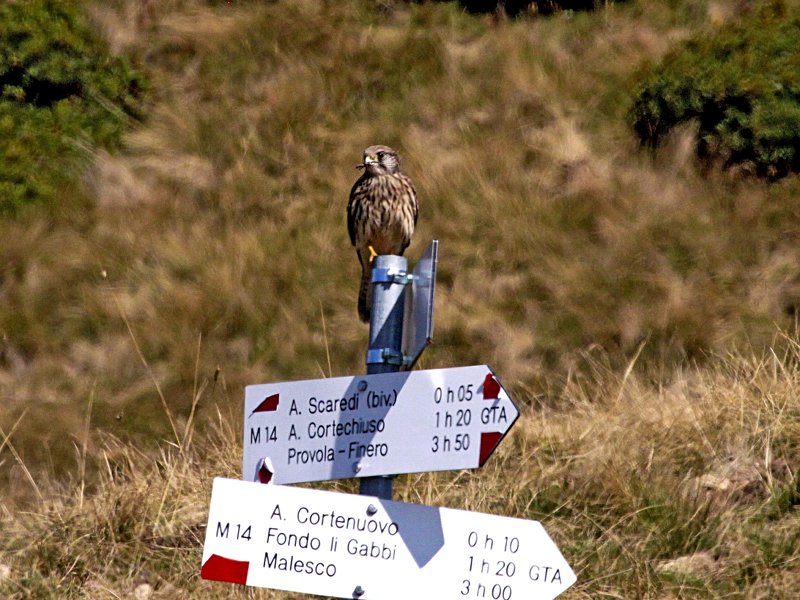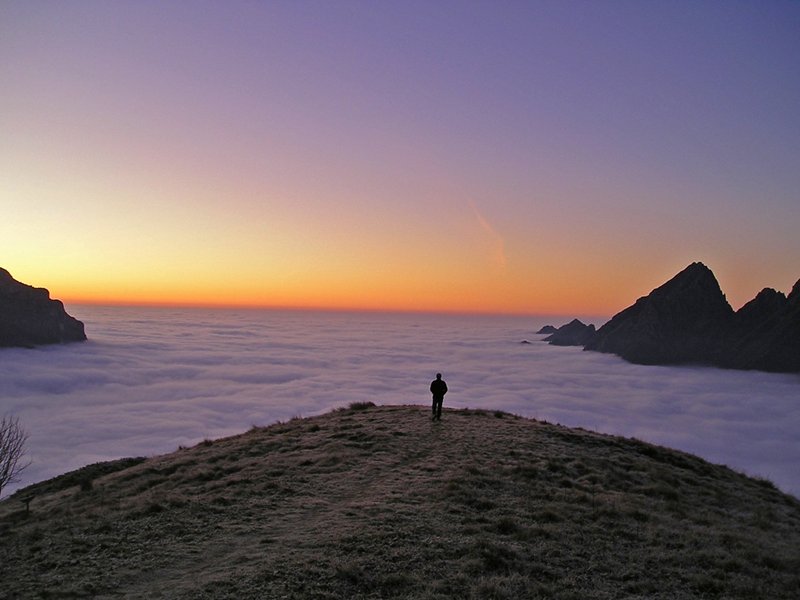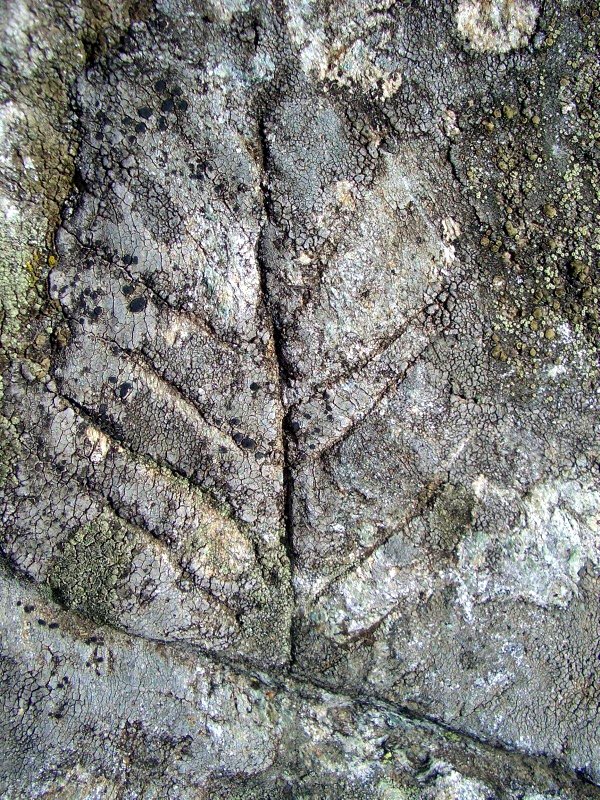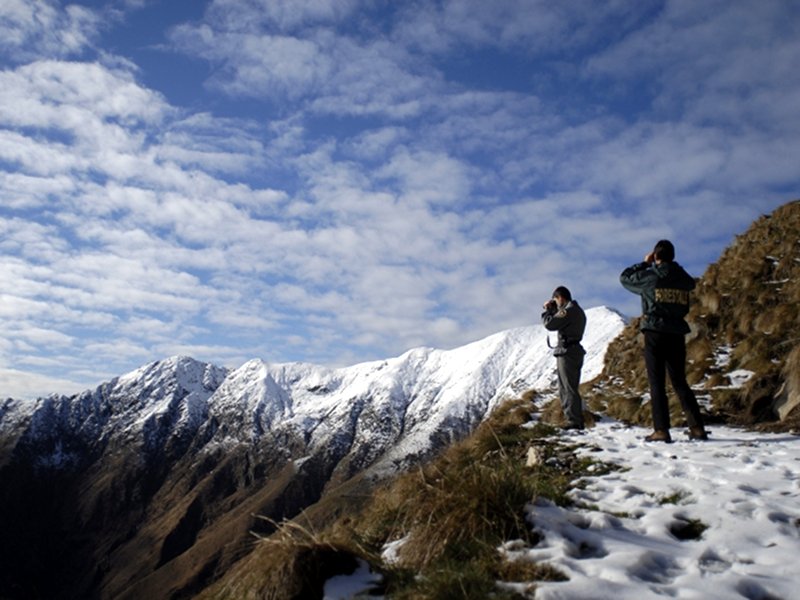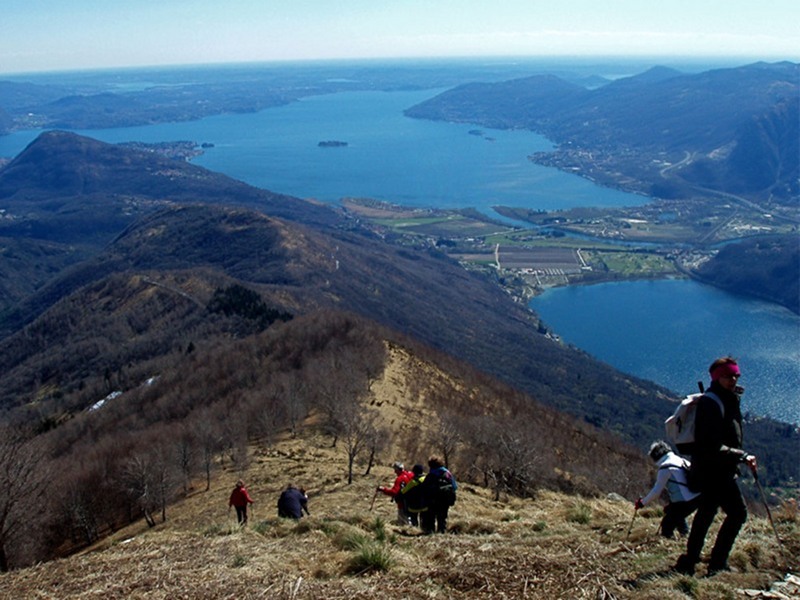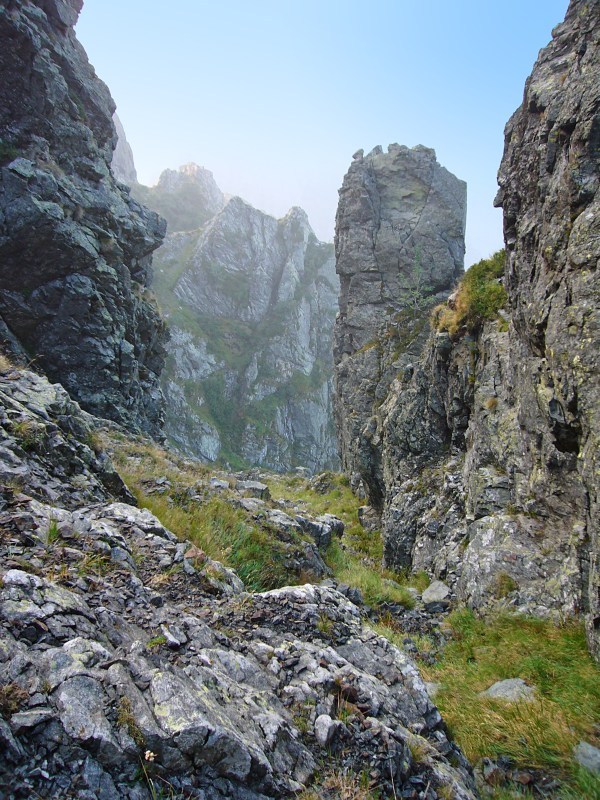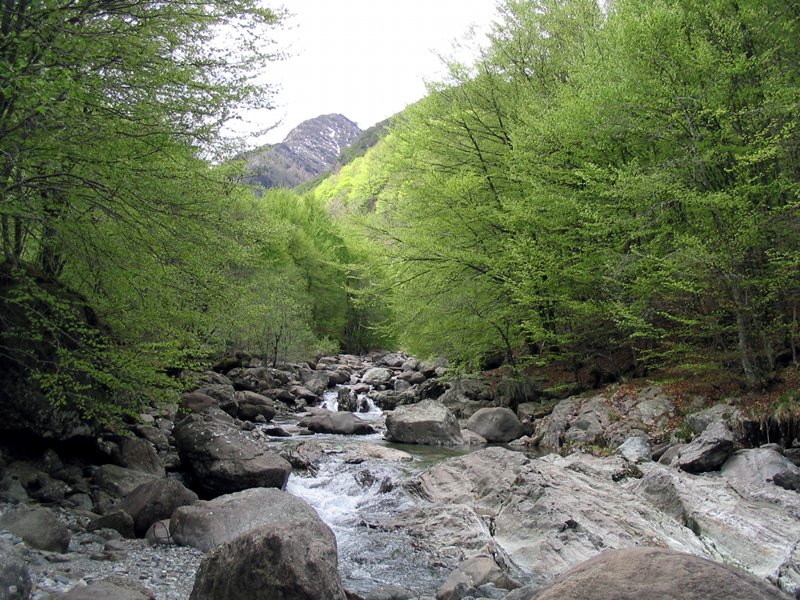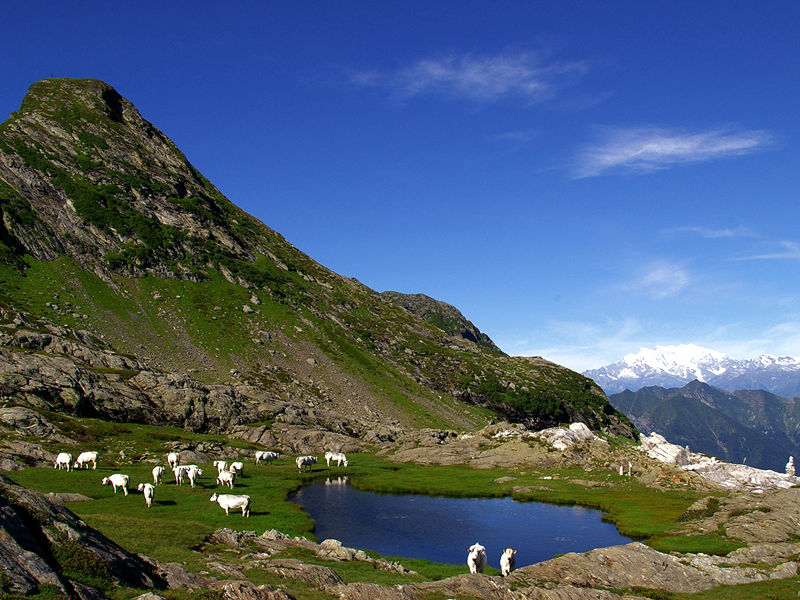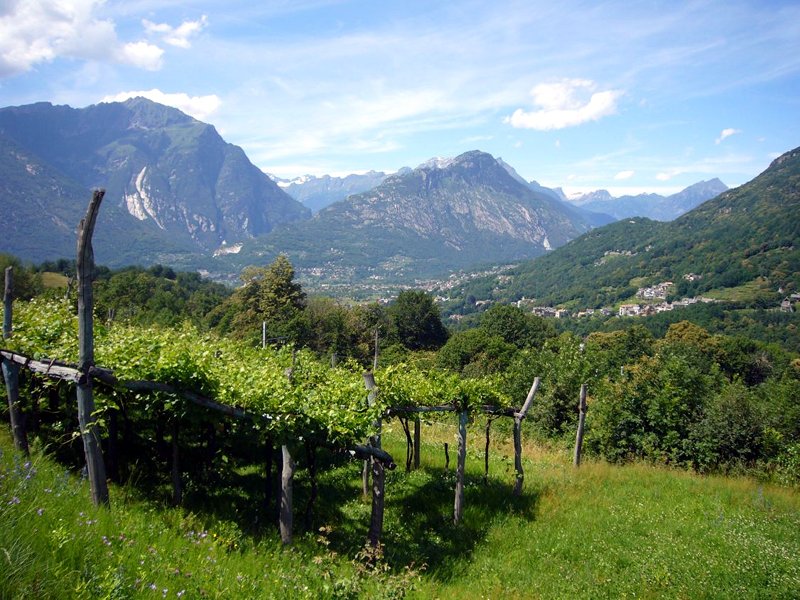
Val Grande National Park
This post is also available in:
 Italiano (Italian)
Italiano (Italian)
Established in 1992, Val Grande National Park covers for 38.768 acres, from the shore of Lake Maggiore to the southern sector of the Lepontine Alps, in Val d’Ossola; it mainly features a mountain terrain that includes the entire Val Grande, the lateral Val Pogallo and partially the Vigezzo, Cannobina, Ossola and Intrasca Valleys.
It is a huge wild green area – the largest in Italy – recently acknowledged as a Site of Community Interest (SIC) in the European network.
With very deep valleys, cliffs, canyons, watercourses and thick natural forests of conifers and broad-leaved trees (encompassed by rocky buttresses and peaks), the park is accessible from three main places: Verbano hills, Central Ossola, and Vigezzo Valley.
The naturalistic interest is intertwined with the historical and cultural heritage of the park: there are, in fact, ancient rock carvings, abandoned huts, trails for cattle dug into the rock, terraces, votive chapels, artefacts for cutting and transporting timber, military fortifications (i.e. the famous “Linea Cadorna” of WWI) and memorials to the centuries-old presence of human settlements and activities in the area. In the southern part of Valle Grande, there are the Candoglia quarries which, for more than six centuries, have supplied marble for the construction and maintenance of Milan Cathedral.
The park also witnessed several dramatic struggles of the Italian Resistance, including the tragic roundup enforced by the Nazis from 11 June to 1 July 1944.
Flora and fauna
Val Grande Park offers a great variety of plants and flowers, mainly thanks to several climatic and environmental conditions, ranging from the milder areas influenced by Lake Maggiore, to the mountain heights at more than 6.562 ft of altitude.
At the lower altitudes there are mixed broad-leaved woods, mainly made of chestnut trees (Castanea sativa), while yews (Taxus baccata) prevail in the more humid areas; higher up, there are black alders (Alnus glutinosa), grey alders (Alnus incana ), firs (Abies spp.), willows (Salix spp.), white poplars (Populus alba), and countless beeches.
Alongside the historical beech woods (Fagus sylvatica) and Norway spruce woods (Picea abies), a part of the park is covered by young chestnuts (< em>Castanea sativa), European beeches (Fagus sylvatica), and hazelnuts (Corylus avellan ), which started growing when the pastures were eventually abandoned.
Among the herbaceous flora, there are several valuable alpine species, such as alpine columbine (Aquilegia alpina), the alpine tulips (Tulipa australis), and a white rhododendrons ( Rhododendron spp.).
The park is home to chamois, deers, roe deers, foxes, badgers, weasels, martens, eagles and eagle owls.
Visitors’ Paths
Val Grande Natural Park offers guided excursions, environmental teaching experiences, sports activities, accommodation for students, volunteer camps, naturalistic events, and much more. It also features countless walks and trails, both for amateurs and expert mountaineers. Among the first type, there are three Nature Trails, which combine the exploration of the beautiful landscape with the cultural and historical heritage of the park:
– the coniferous forest path: it connects the chapel to the refuge in Pian Cavallone.
– the beech forest path: it starts in the Ompio basin, reaching to the very top of Mount Fai, through an extensive and shady beech forest.
This post is also available in:
 Italiano (Italian)
Italiano (Italian)
Contatti
C/o Villa Biraghi - piazza Pretorio, 6 - Vogogna(VB)
0324 87540
info@parcovalgrande.it
